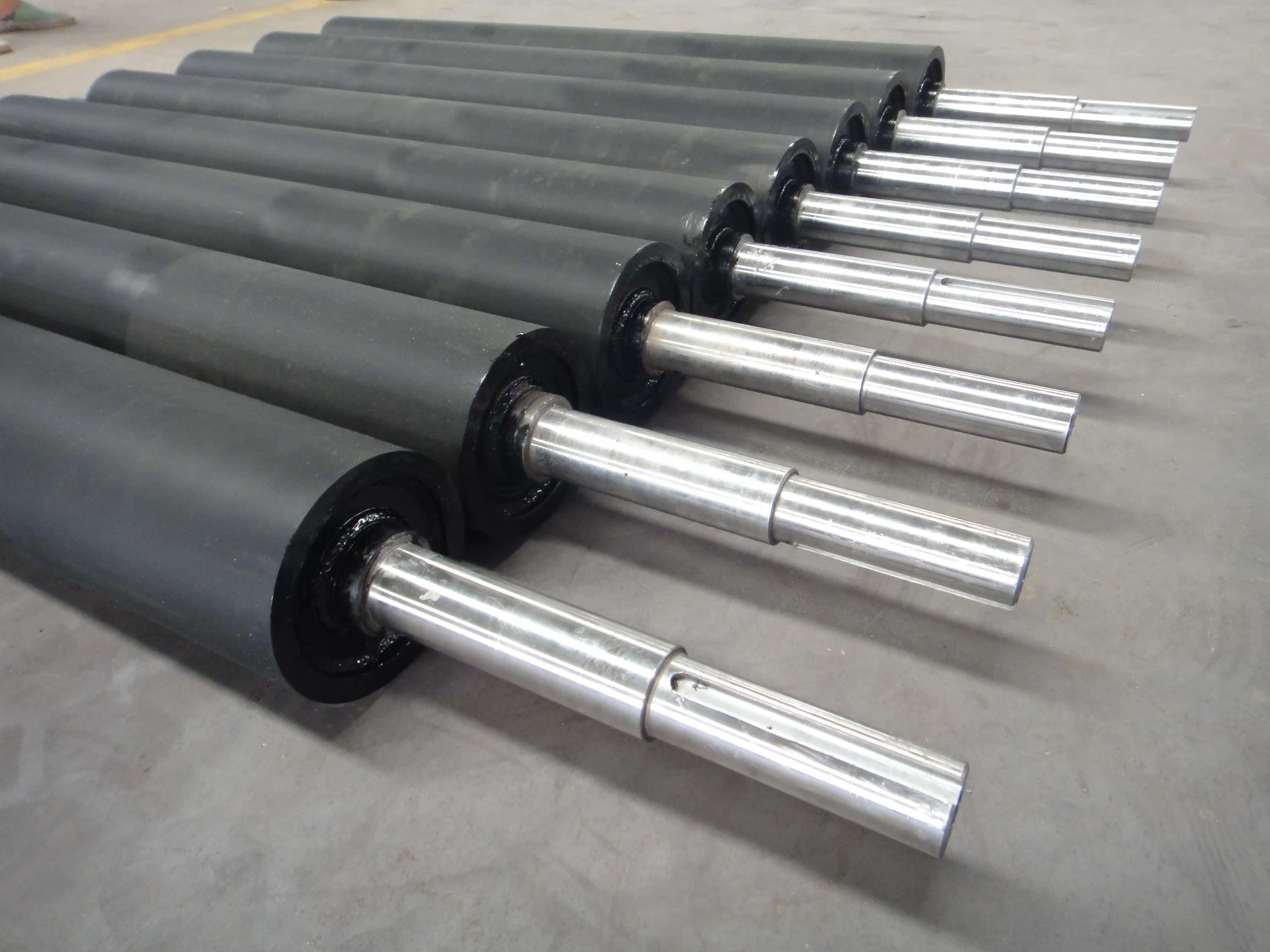 Afrikaans
Afrikaans  Albanian
Albanian  Amharic
Amharic  Arabic
Arabic  Armenian
Armenian  Azerbaijani
Azerbaijani  Basque
Basque  Belarusian
Belarusian  Bengali
Bengali  Bosnian
Bosnian  Bulgarian
Bulgarian  Catalan
Catalan  Cebuano
Cebuano  Corsican
Corsican  Croatian
Croatian  Czech
Czech  Danish
Danish  Dutch
Dutch  English
English  Esperanto
Esperanto  Estonian
Estonian  Finnish
Finnish  French
French  Frisian
Frisian  Galician
Galician  Georgian
Georgian  German
German  Greek
Greek  Gujarati
Gujarati  Haitian Creole
Haitian Creole  hausa
hausa  hawaiian
hawaiian  Hebrew
Hebrew  Hindi
Hindi  Miao
Miao  Hungarian
Hungarian  Icelandic
Icelandic  igbo
igbo  Indonesian
Indonesian  irish
irish  Italian
Italian  Japanese
Japanese  Javanese
Javanese  Kannada
Kannada  kazakh
kazakh  Khmer
Khmer  Rwandese
Rwandese  Korean
Korean  Kurdish
Kurdish  Kyrgyz
Kyrgyz  Lao
Lao  Latin
Latin  Latvian
Latvian  Lithuanian
Lithuanian  Luxembourgish
Luxembourgish  Macedonian
Macedonian  Malgashi
Malgashi  Malay
Malay  Malayalam
Malayalam  Maltese
Maltese  Maori
Maori  Marathi
Marathi  Mongolian
Mongolian  Myanmar
Myanmar  Nepali
Nepali  Norwegian
Norwegian  Norwegian
Norwegian  Occitan
Occitan  Pashto
Pashto  Persian
Persian  Polish
Polish  Portuguese
Portuguese  Punjabi
Punjabi  Romanian
Romanian  Russian
Russian  Samoan
Samoan  Scottish Gaelic
Scottish Gaelic  Serbian
Serbian  Sesotho
Sesotho  Shona
Shona  Sindhi
Sindhi  Sinhala
Sinhala  Slovak
Slovak  Slovenian
Slovenian  Somali
Somali  Spanish
Spanish  Sundanese
Sundanese  Swahili
Swahili  Swedish
Swedish  Tagalog
Tagalog  Tajik
Tajik  Tamil
Tamil  Tatar
Tatar  Telugu
Telugu  Thai
Thai  Turkish
Turkish  Turkmen
Turkmen  Ukrainian
Ukrainian  Urdu
Urdu  Uighur
Uighur  Uzbek
Uzbek  Vietnamese
Vietnamese  Welsh
Welsh  Bantu
Bantu  Yiddish
Yiddish  Yoruba
Yoruba  Zulu
Zulu Understanding the Functionality and Applications of Belt Drive Pulleys in Mechanical Systems
Understanding Belt Drive Pulley Systems
In the world of mechanical engineering, efficient power transmission is essential for the operation of various machines and tools. One of the most effective methods for transmitting power is the belt drive system, which utilizes pulleys to transfer motion and force. This article delves into the intricacies of belt drive pulley systems, their components, advantages, and applications.
A belt drive system consists primarily of two or more pulleys that are connected by a belt. The pulleys are usually made of materials such as metal or plastic and can come in varying diameters. The belt, typically made from rubber or synthetic materials, wraps around the pulleys, allowing for the transfer of power from one pulley to another. The design and construction of these components play a crucial role in the efficiency and reliability of the system.
One of the primary advantages of a belt drive pulley system is its ability to transmit power over a distance. This makes it an ideal solution for situations where the power source needs to be located away from the driven machinery. Furthermore, belt drives can handle large loads and are capable of running at high speeds, making them suitable for various industrial applications. The design flexibility of belt systems allows for adjustments in speed and torque by changing the size of the pulleys.
Belt drive pulley systems are categorized into two main types open belt drives and crossed belt drives. Open belt drives have the belts positioned parallel to each other, with the pulleys moving in the same direction. This configuration is commonly used in applications where two shafts are mounted relatively close to each other. Conversely, crossed belt drives twist the belt to change the direction of rotation, allowing for increased flexibility in how the system is set up.
belt drive pulley

Another significant aspect of belt drive systems is the tensioning of the belt. Proper tension is critical to ensure efficient operation. A belt that is too loose may slip, leading to a loss of power transfer and potential damage to the system, while a belt that is too tight can cause excessive wear and tear on both the belt and the pulleys. Therefore, pulley systems often include tensioning devices that help maintain optimal belt tension during operation.
Maintenance is essential for the longevity of a belt drive pulley system. Regularly checking for wear and tear on the belt, ensuring the pulleys are aligned correctly, and replacing any worn-out components can significantly enhance the system's performance. Additionally, lubrication of bearings on pulleys can reduce friction, further prolonging the lifespan of the entire setup.
The applications of belt drive pulley systems are vast and varied. They are commonly found in automotive systems, where the engine's rotational power is harnessed to drive components like alternators and water pumps. In industrial settings, belt drives are used in conveyor systems, milling machines, and fans. They are also prevalent in household appliances, such as washing machines and vacuum cleaners, showcasing their versatility across different sectors.
In conclusion, belt drive pulley systems are integral components in many mechanical applications, providing reliable power transmission with several advantages. Understanding the workings of these systems, from their design to proper maintenance, allows engineers and technicians to optimize their use in various industries. As technology advances, the development of more efficient materials and designs will continue to enhance the role of belt drive systems in modern machinery, ensuring they remain a cornerstone of mechanical engineering.
-
Revolutionizing Conveyor Reliability with Advanced Rubber Lagging PulleysNewsJul.22,2025
-
Powering Precision and Durability with Expert Manufacturers of Conveyor ComponentsNewsJul.22,2025
-
Optimizing Conveyor Systems with Advanced Conveyor AccessoriesNewsJul.22,2025
-
Maximize Conveyor Efficiency with Quality Conveyor Idler PulleysNewsJul.22,2025
-
Future-Proof Your Conveyor System with High-Performance Polyurethane RollerNewsJul.22,2025
-
Driving Efficiency Forward with Quality Idlers and RollersNewsJul.22,2025





























